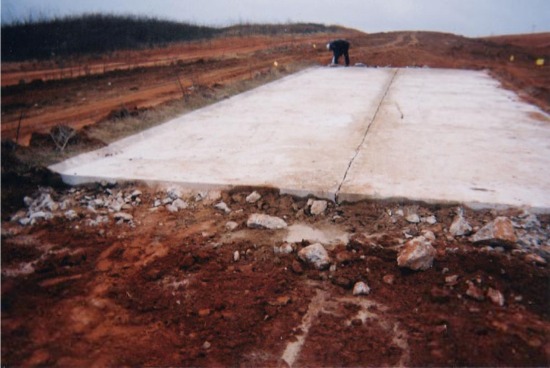The List: Smithsonian Takes a Road Trip
We’ve combed through the Smithsonian Institution’s collections to find the best vacation artifacts, from before the automobile to the interstate era
/https://tf-cmsv2-smithsonianmag-media.s3.amazonaws.com/filer/20110831021005station-wagon-small.jpg)
With Labor Day Weekend at hand, everyone’s talking about hitting the road. We’ve combed through Smithsonian’s collections to find the best vacation artifacts, from before the automobile to the interstate era.
1. Pullman Parlor Car: Back in 1888, before the car or airplane, taking a ride in a luxury train like this was the way to see America. This photo in the American History Museum‘s collection shows the plush carpeting, swivel chairs, and ornate chandeliers that made Pullman cars the standard for comfort in early train travel. The company’s founder, George Pullman, also innovated the world’s first sleeper bunks in railroad cars.
2. The Golden Gate, Yellowstone: When Yellowstone National Park was established in 1872, it was still a remote hinterland, accessible only to rugged adventurers. Over the next several decades, roads were arduously carved out of the steep mountainsides, as shown in this 1891 oil painting by Grafton Tyler Brown. By the time the road trip had become a staple of American leisure time, in the 1950s, Yellowstone would be one of the country’s most popular parks and vacation destinations.
3. The Beach House Brochure: The Jersey Shore has been a tourist hot spot for some time. As the Smithsonian Libraries blog explains, The Beach House, in Sea Girt, N.J., provided ocean view rooms to visitors at the rate of $3 a day. This circa 1896 brochure details all the activities vacationers could enjoy during their stay, from croquet to archery.
4. Section of Route 66: The creation of the legendary Route 66 in the 1920s and 30s, from Chicago to Los Angeles, set the stage for the road trip to become a mainstream vacation activity of choice. While the “Mother Road” revolutionized interstate commerce, it also provided a conduit for ordinary Americans to explore the country at their own pace, epitomizing the freedom of the open road. A fifty-foot concrete slice of it, poured in 1932, was donated to the American History Museum in 2000.
5. 1934 Trav-L-Coach House Trailer: House trailers, the precursors to today’s RVs, emerged in the same decades as the country’s first highways as a means for road trippers to travel in comfort, visit less developed areas, and save on lodging. This trailer was used by the Cate family of Lakeport, New Hampshire for their seasonal visits to Maine as well as occasional road trips to Florida and Vermont. The cozy wooden trailer was equipped with a kitchen, bedroom, and closets–but passengers would have had to venture outside to use a bathroom.
6. 1955 Ford Country Squire Station Wagon: Ever wonder why so many station wagons are covered with imitation wood? Many of the “woodies,” like this 1955 Ford , were made of steel but designed to resemble their earlier ancestors, which had evolved from the small wooden buses used to ferry affluent passengers to rural estates and country clubs. The Harders, a family from California, used this station wagon to visit National Parks, with the rear cargo area serving as a playpen for the children during downtime.
/https://tf-cmsv2-smithsonianmag-media.s3.amazonaws.com/accounts/headshot/joseph-stromberg-240.jpg)

/https://tf-cmsv2-smithsonianmag-media.s3.amazonaws.com/accounts/headshot/joseph-stromberg-240.jpg)